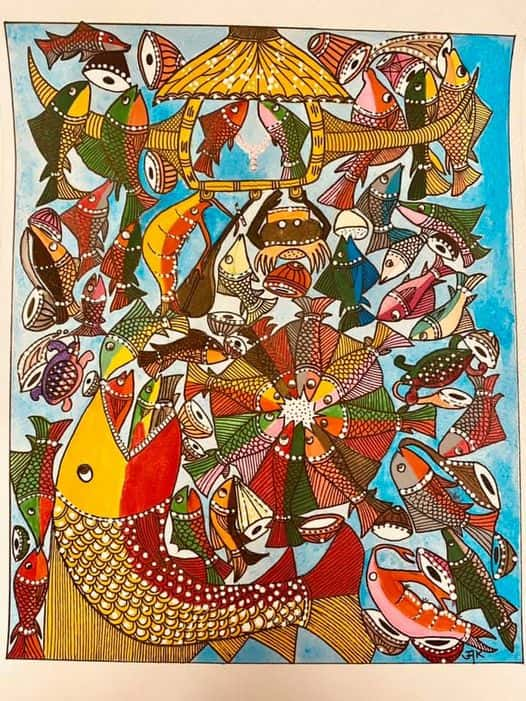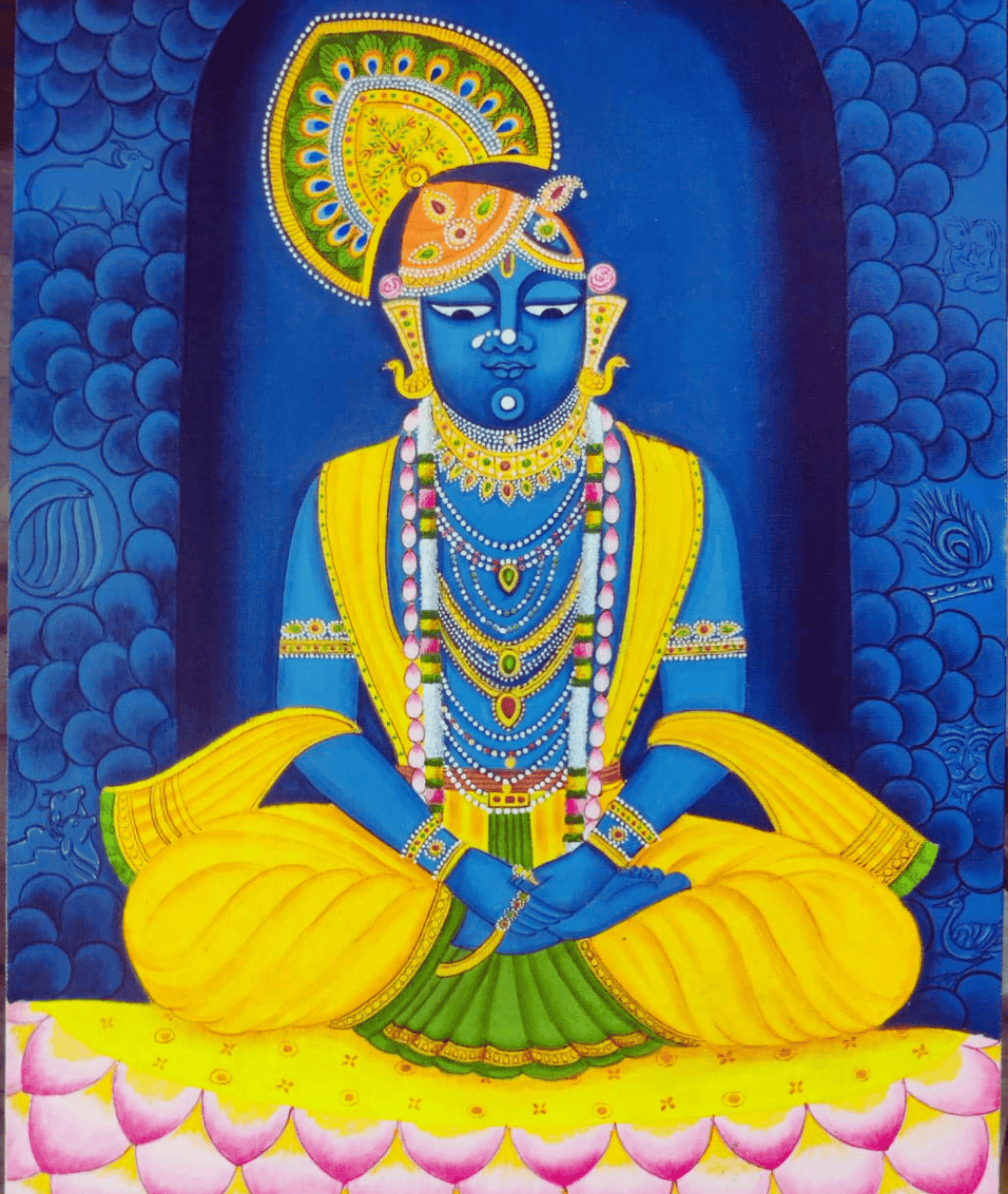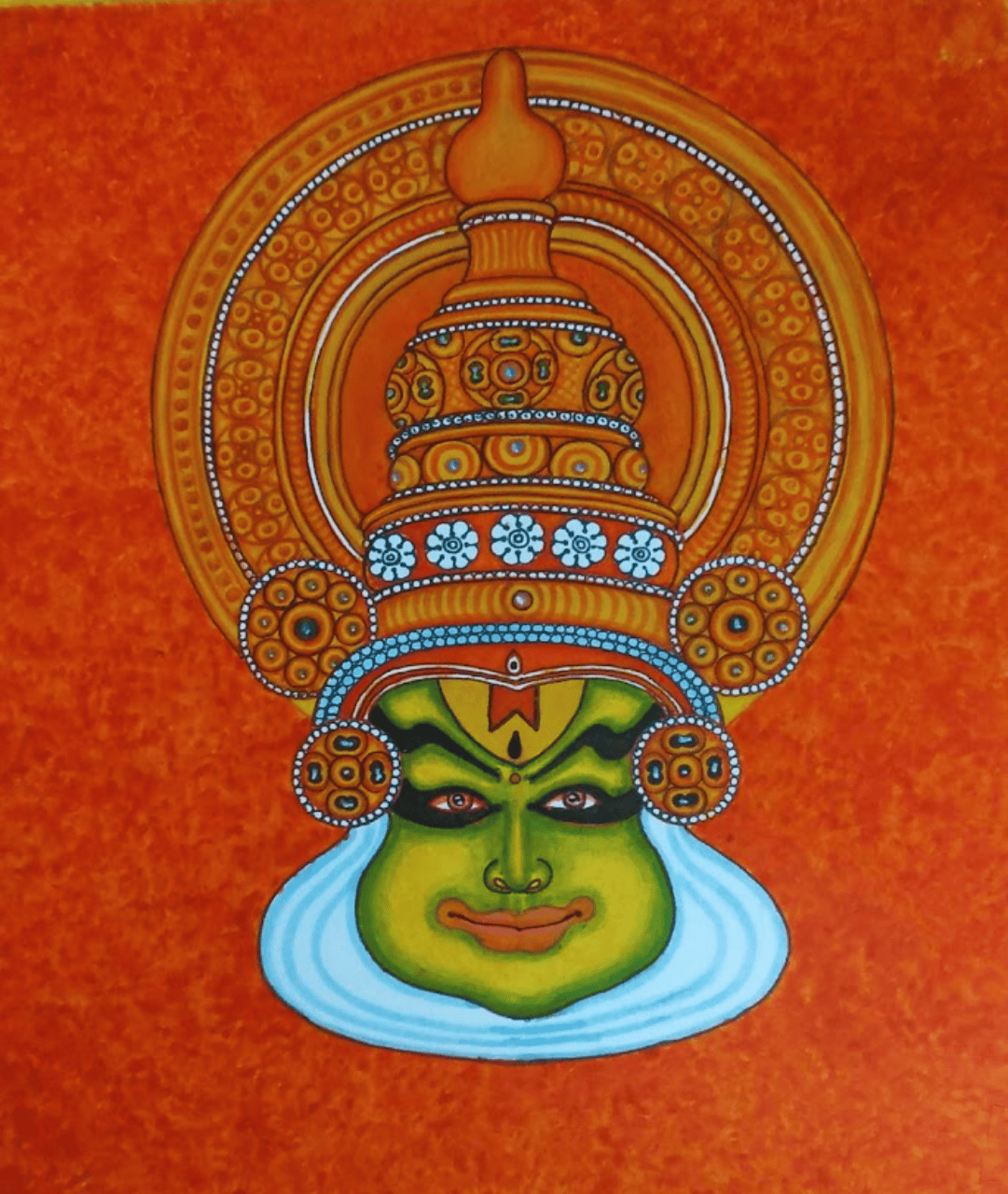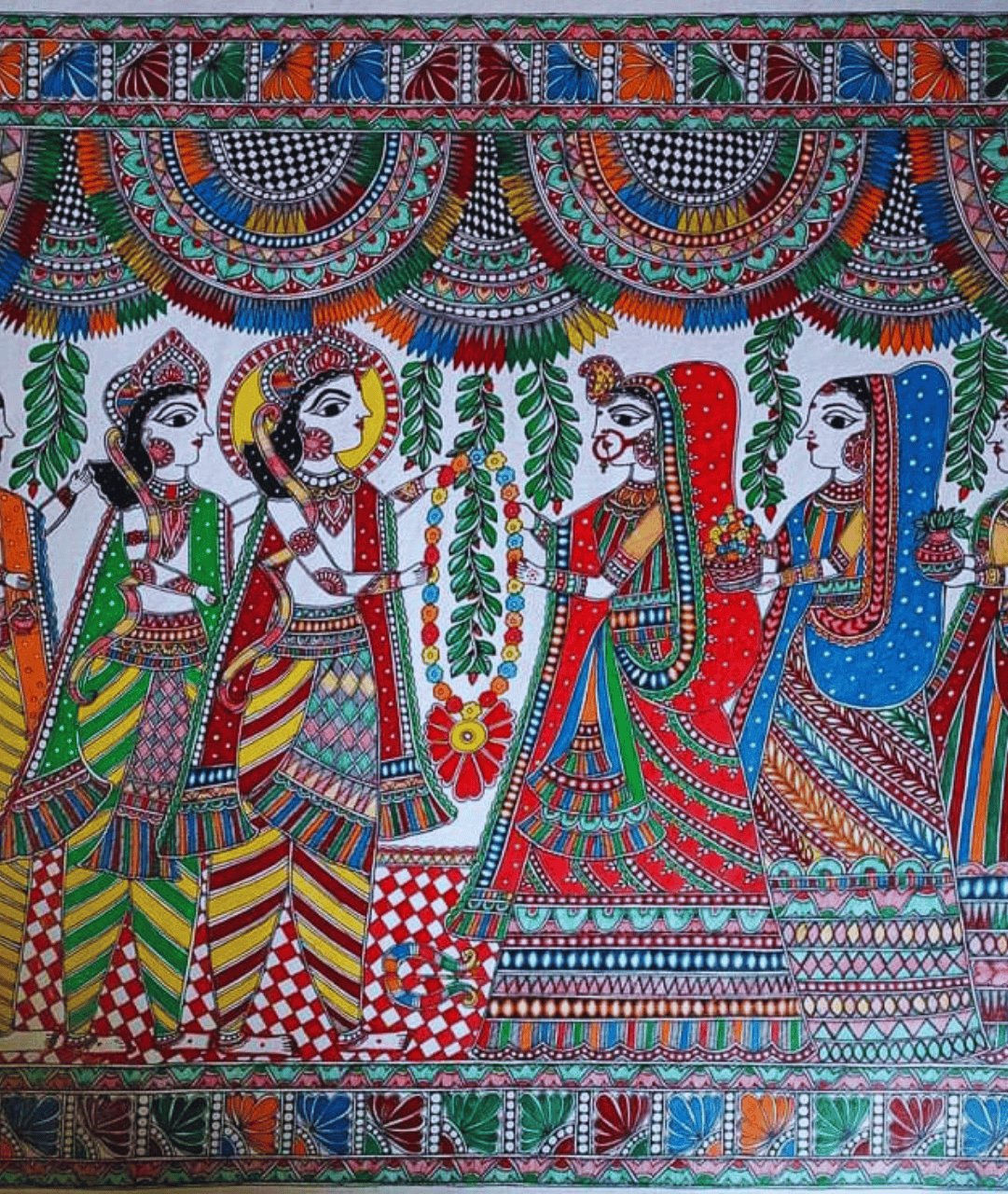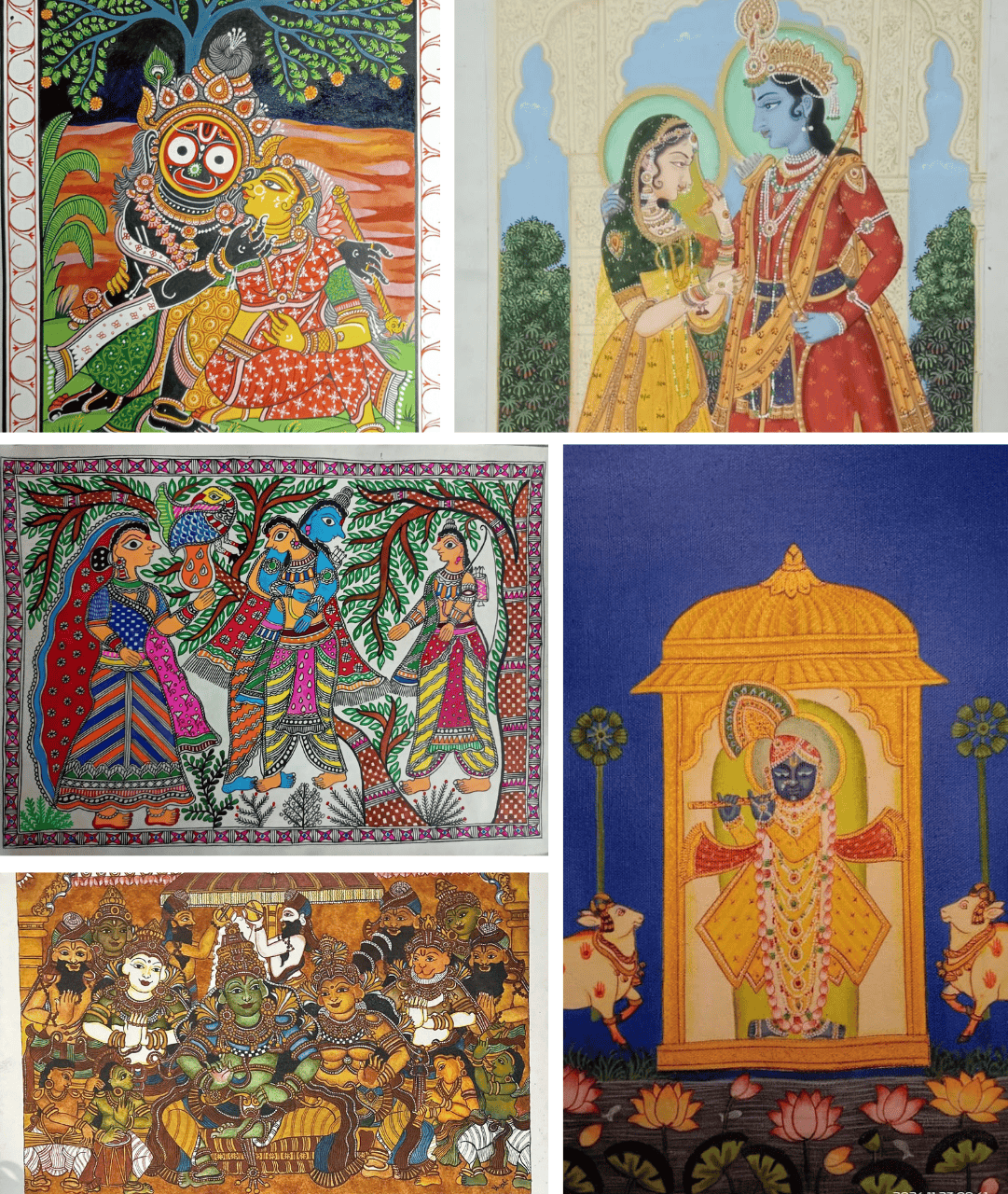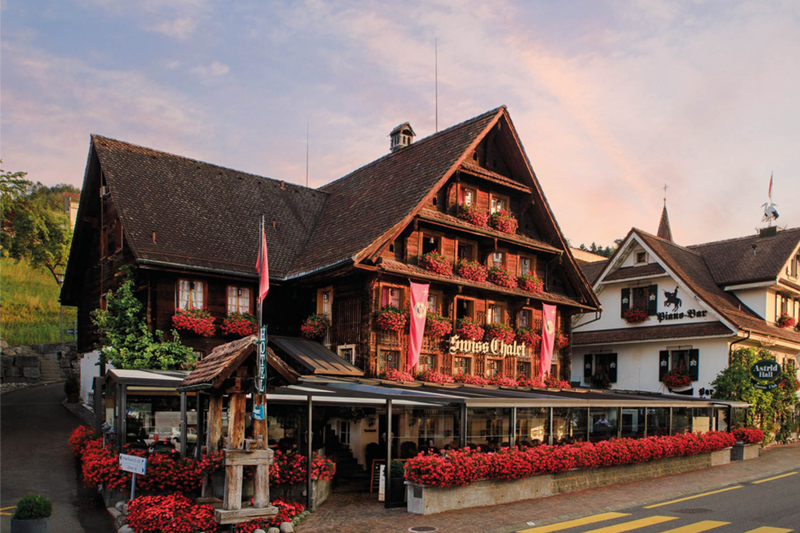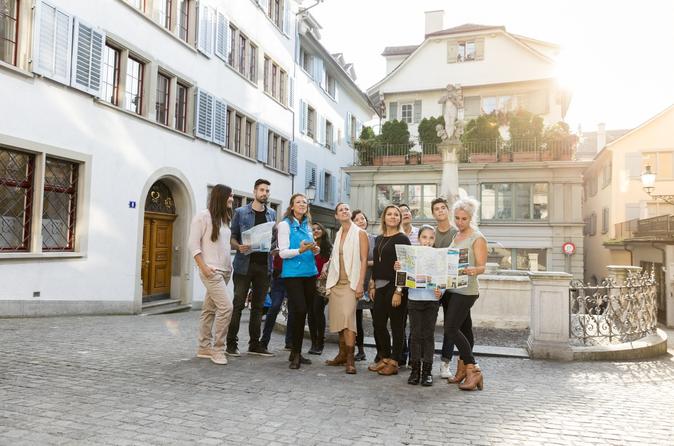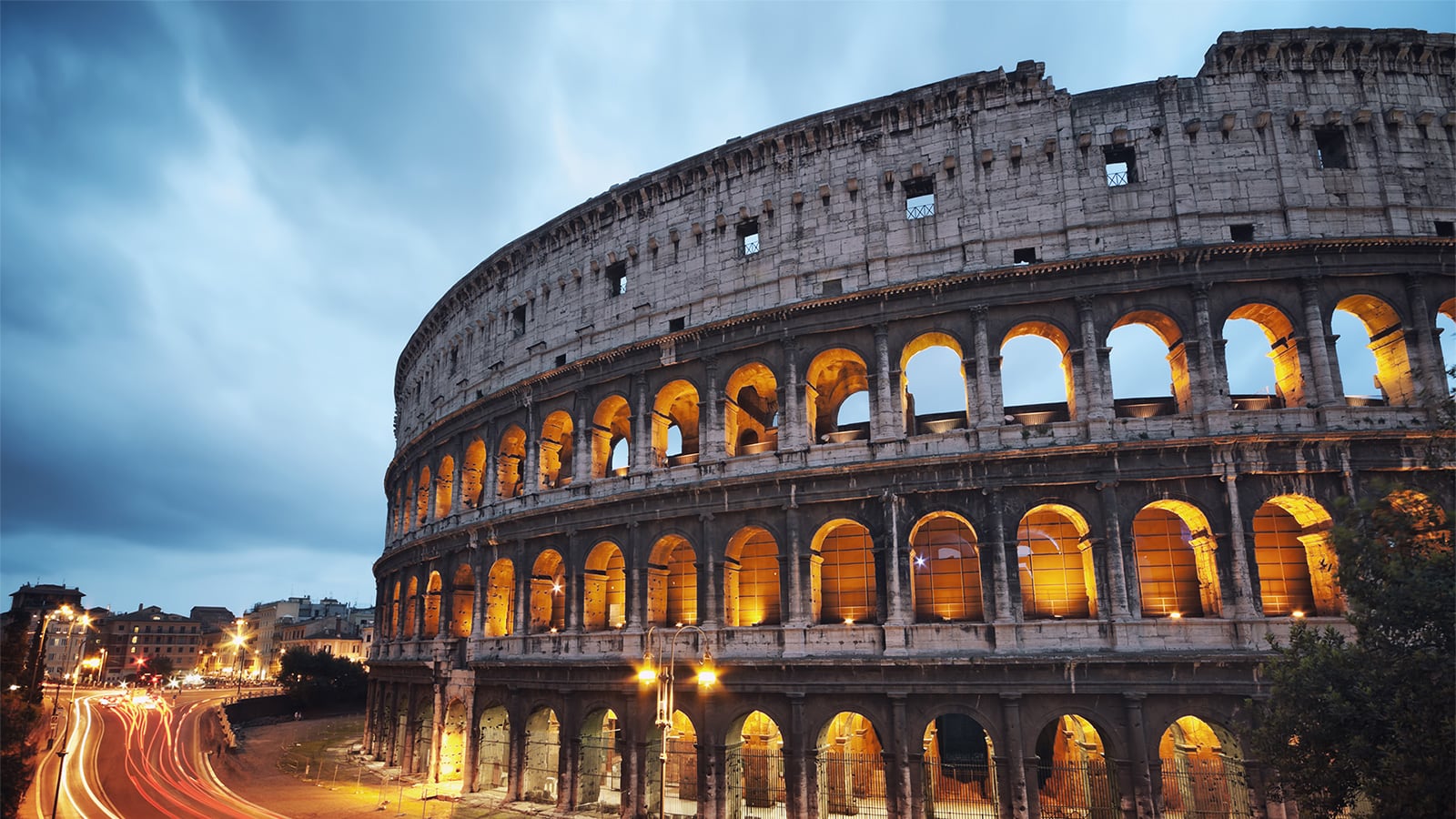In the lively world of Indian art, Kalighat paintings emerge as a unique and fascinating part of the story. Coming to life in the vibrant streets near the Kali Temple in Kolkata during the 19th century, these artworks, created by local artists known as 'patuas' or scroll painters, tell stories of religious devotion, social observations, and the everyday life of that era. This exploration takes us on a journey through the historical roots, changing themes, special techniques, and the profound impact of Kalighat paintings on India's art legacy, offering insights into a cultural treasure that goes beyond individual artist names.
In its early stage, Kalighat paintings were intricately connected with religious themes, especially those tied to the worship of goddesses at the Kali Temple. Gods and goddesses took centre stage, portrayed with devotion that visually conveyed the religious enthusiasm of 19th-century Kolkata.Scenes from bustling markets, domestic interiors, and routine activities were depicted with meticulous attention to detail. The clothing, expressions, and interactions portrayed in these artworks serve as vivid snapshots of the socio-cultural milieu of that era.
Kalighat paintings weren't just pretty pictures; they were dynamic microphones for social commentary! As the art form grew up, it started reflecting the lives and times of the people. Artists used humour and satire to poke fun at social norms, politics, and everyday issues, adding layers of depth and relevance to their work.
Kalighat paintings stand out for their bold lines, vibrant colours, and immediate visual impact. Unlike the intricate details of traditional Indian art, Kalighat artists embraced a simpler, more direct style that resonated with a wider audience. This simplicity was further emphasised by their use of traditional materials like handmade paper, natural pigments, and brushes made from squirrel hair. These readily available and affordable materials played a crucial role in making Kalighat paintings more widespread and accessible to the common people.
Kalighat paintings pop with colour! Each shade has a special meaning. Red shines with passion and devotion, often decorating deities. Yellow glows with blessings and spirituality, adding radiance. Blue whispers of the divine, like Krishna's skin. Green brings nature's harmony and balance, painting landscapes. White stands for purity, used for holy figures and delicate details. Black adds shape and depth, framing the scene. Orange sparks with enthusiasm and joy. Brown reminds us of the earth and everyday life. Gold and silver add bling, decorating special parts. These colours not only make the paintings beautiful, but also tell stories and deepen their meaning. They're like magic ingredients that make Kalighat art so special.
Discussions about Kalighat paintings intentionally eschew emphasis on individual artists, directing attention to the thematic core. The narratives, whether rooted in religion, societal observations, or daily life, take centre stage. This unique approach fosters a direct and unfiltered connection between viewers and the essence of the stories, going beyond the hands that crafted them.
In the vibrant mosaic of Indian art, Kalighat paintings stand as eloquent testimonials to the dynamic cultural tapestry of 19th-century Kolkata. By intentionally sidelining individual artists in discussions about Kalighat paintings, we are invited to appreciate the simplicity and richness of the thematic narratives. Beyond being a mere exercise in historical preservation, the lasting impact of Kalighat paintings serves as a powerful reminder of the fluidity and adaptability inherent in art, making them a timeless and indispensable part of India's artistic legacy. As we delve deeper into the layers of Kalighat paintings, we not only find a visual treat but a profound connection to the soul of a bygone era, echoing through strokes of colour and emotion.














